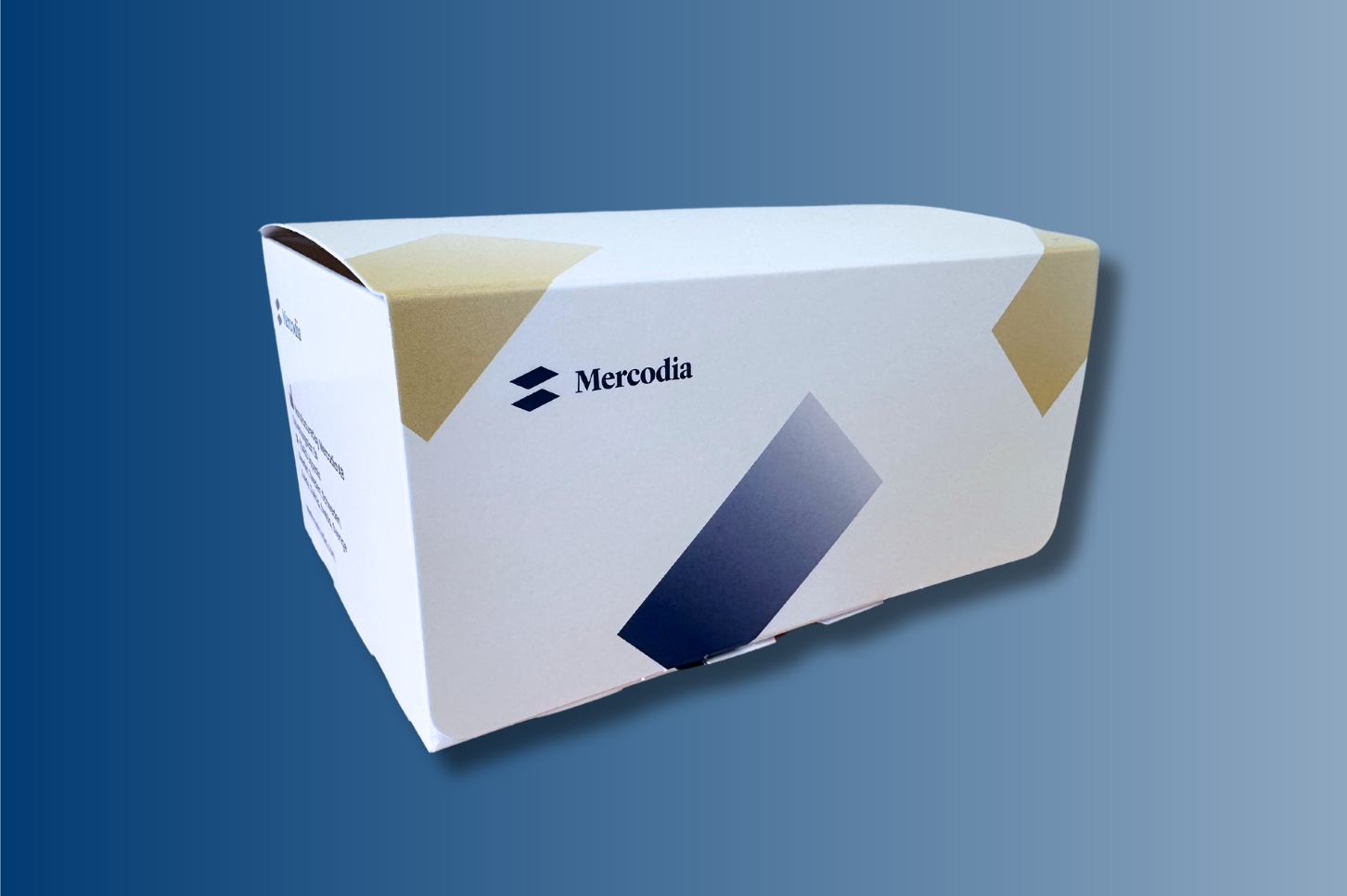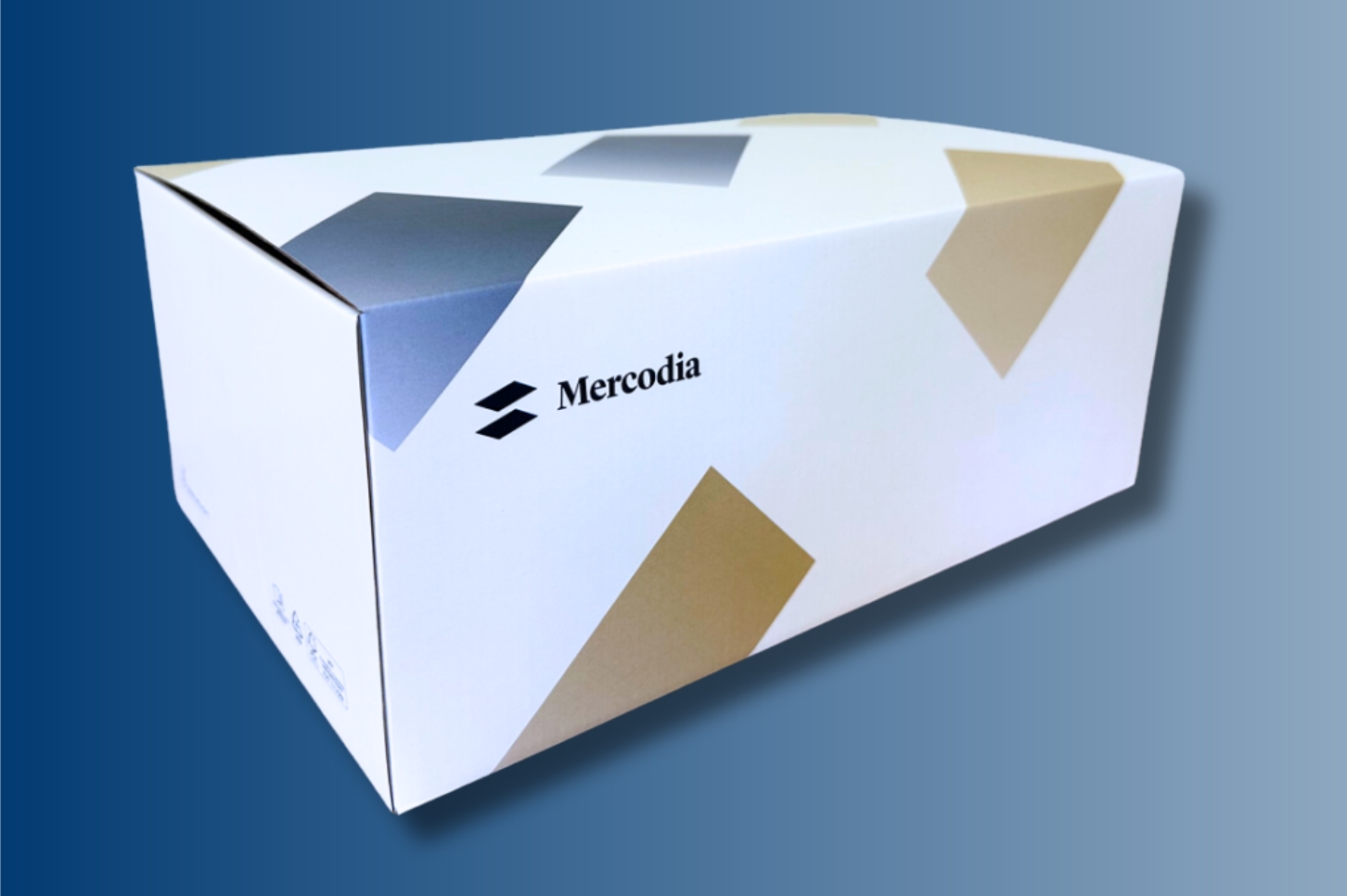
Human Proinsulin ELISA
10-1118-01
Product group Assays
Overview
- SupplierMercodia
- Product NameHuman Proinsulin ELISA
- Delivery Days Customer5
- ApplicationsELISA
- Assay Detection Range3.3 - 132 pmol/L
- CertificationCE-IVD
- Scientific DescriptionProinsulin ELISA is a method for the quantitative determination of human proinsulin in serum or plasma. The Mercodia Proinsulin ELISA is a highly specific tool registered for in vitro diagnostics (IVD) use. It is calibrated against International Reference Reagent IRR 84/611 for human proinsulin. The specificity of the utilized antibodies enables measurement of human proinsulin without interference from insulin or C-peptide. Mercodia Diabetes Antigen Control 10-1164-01 is designed to be used as a two-level control for human proinsulin. • Measures total proinsulin • Calibrated against International Reference Reagent IRR 84/611 for human proinsulin • No cross-reactivity to human insulin or C-peptide • CE/IVD labeled on select markets
- UNSPSC41116133
References
- AlEssa HB, Malik VS, Yuan C, et al. Dietary patterns and cardiometabolic and endocrine plasma biomarkers in US women. Am J Clin Nutr. 2017,105(2):432-441. doi: 10.3945/ajcn.116.143016Read this paper
- Derosa G, Ragonesi PD, Carbone A, et al. Vildagliptin added to metformin on β-cell function after a euglycemic hyperinsulinemic and hyperglycemic clamp in type 2 diabetes patients. Diabetes Technol Ther. 2012,14(6):475-84. doi: 10.1089/dia.2011.0278Read this paper
- Iggman D, Rosqvist F, Larsson A, et al. Role of dietary fats in modulating cardiometabolic risk during moderate weight gain: a randomized double-blind overfeeding trial (LIPOGAIN study). J Am Heart Assoc. 2014,3(5):e001095. doi: 10.1161/JAHA.114.001095Read this paper
- Fraser A, Nelson SM, Macdonald-Wallis C, et al. Associations of pregnancy complications with calculated cardiovascular disease risk and cardiovascular risk factors in middle age: the Avon Longitudinal Study of Parents and Children. Circulation. 2012,125(11):1367-80. doi: 10.1161/CIRCULATIONAHA.111.044784Read this paper




